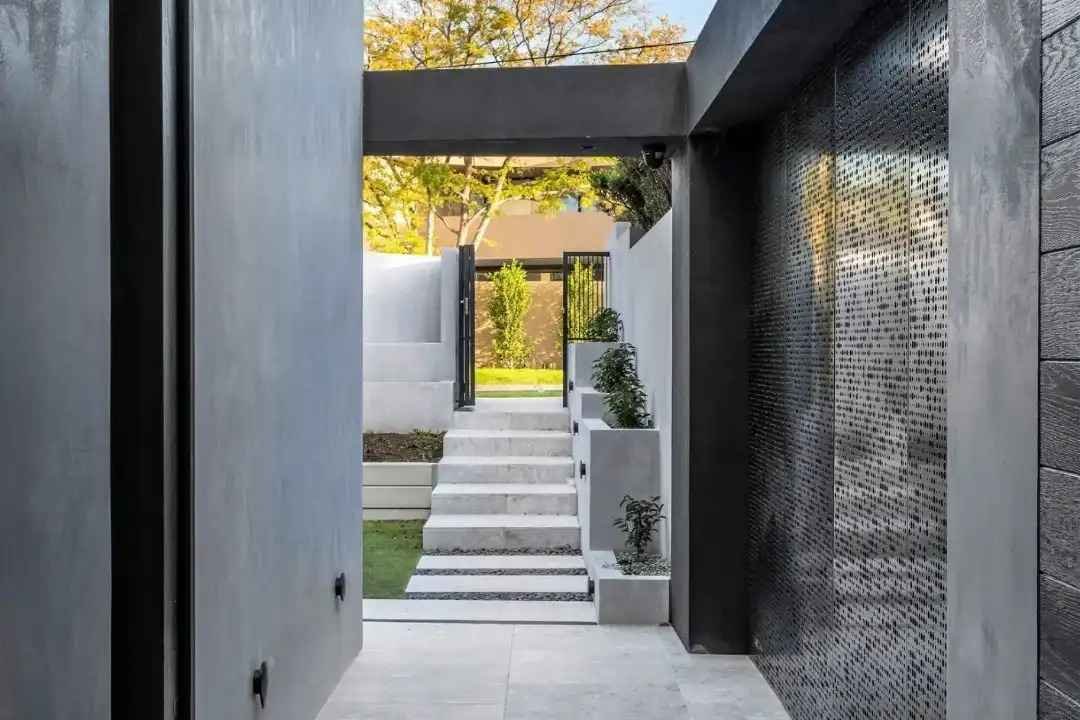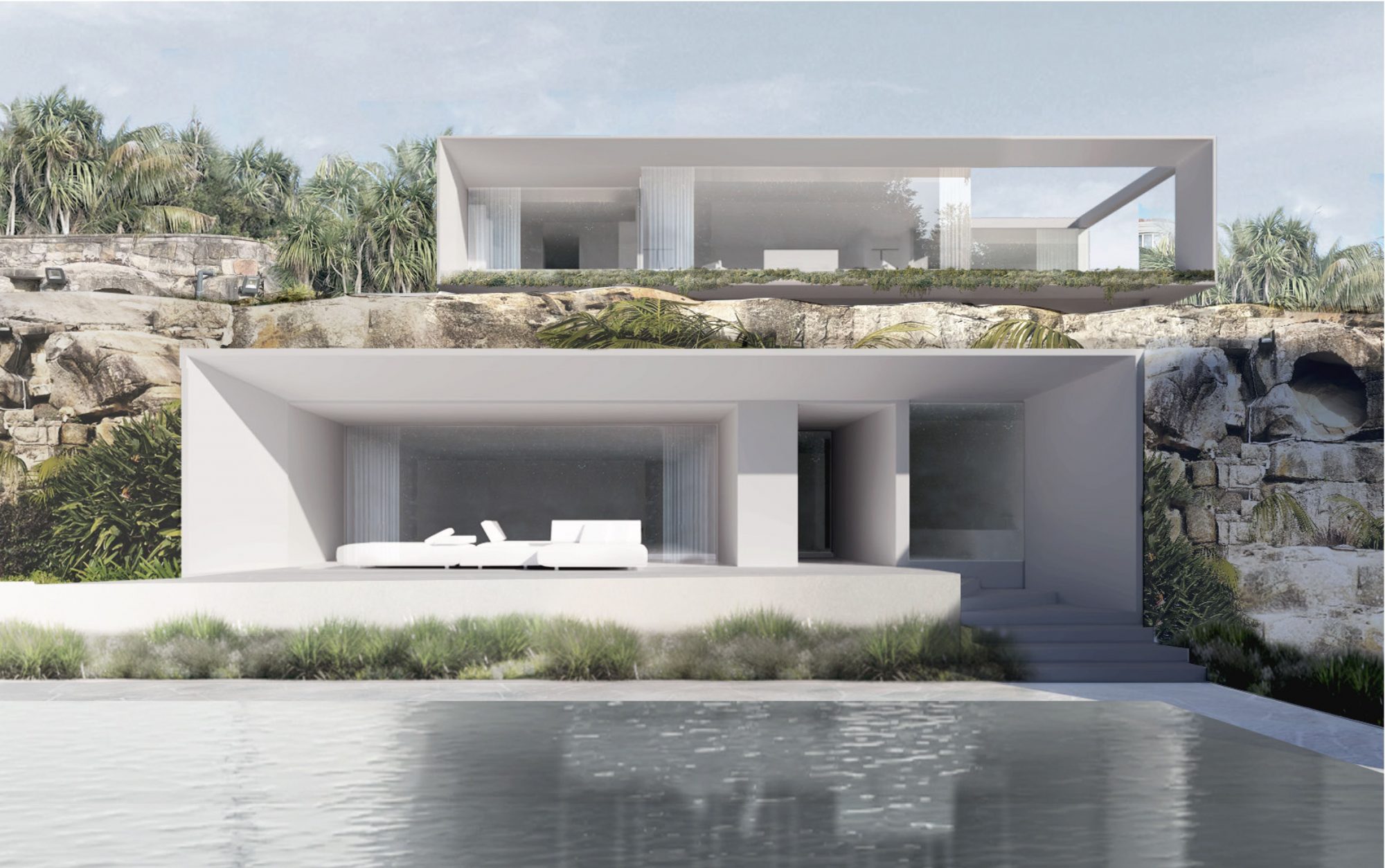Design Your Perfect Home with Skilled Residential Architecture Homes Experts
Exactly How Residential Architects Produce Personalized Homes for Every Way Of Life
The process by which property designers style tailored homes is a nuanced interaction of understanding client requirements and translating those insights into useful living spaces. With thorough consultations and the use of style tools, designers catch the essence of their clients' lifestyles, making certain that each home shows individual worths and ambitions.
Understanding Client Requirements

Reliable interaction is vital in this process. Designers ought to urge customers to articulate their way of lives, family characteristics, and future aspirations, making sure that the design shows their one-of-a-kind identification. By employing devices such as sets of questions, interviews, and aesthetic studies, architects can collect beneficial understandings into the customer's vision.
Furthermore, comprehending the context in which a home will certainly exist is important. Engineers must think about variables such as the website qualities, neighborhood environment, and cultural impacts that can impact the layout. This alternative strategy allows for the production of rooms that are not just cosmetically pleasing yet also useful and sustainable.
Ultimately, a deep understanding of customer needs enables designers to create personalized homes that improve the lifestyle for their owners, cultivating a sense of belonging and convenience within their living atmospheres.
Style Refine and Cooperation
The design process in residential style is a vibrant interaction of creative thinking and partnership, where engineers, customers, and different stakeholders work closely to bring a vision to life. This iterative trip normally starts with a collection of meetings to establish a thorough understanding of the customer's desires, choices, and lifestyle requirements. During these conversations, engineers gather necessary details, enabling them to conceptualize styles that line up with the customer's vision.
Following the preliminary consultations, the style phase advances via illustrations, 3D designs, and building makings. This aesthetic interaction acts as a tool for designers to existing ideas, while additionally welcoming customer responses, ensuring that the final design reverberates with their assumptions. Efficient partnership with designers, contractors, and interior developers is vital during this stage, as it ensures that all functional facets of the project are flawlessly incorporated.

Incorporating Way Of Living Aspects
Incorporating way of life aspects into residential design is necessary for developing rooms that absolutely reverberate with the inhabitants. residential architecture homes. This procedure starts with recognizing the one-of-a-kind requirements, preferences, and daily routines of the house owners. Architects participate in extensive discussions to view website discover exactly how the specific or household utilizes their area, whether for enjoyable guests, going after pastimes, or seeking silent hideaway
As soon as these insights are gathered, designers can tailor style features that boost day-to-day experiences. Open floor plans might be made for households that prioritize togetherness, while dedicated work spaces can be incorporated for those who work from home. Exterior areas, such as patios or gardens, can be emphasized for family members that appreciate outdoor tasks or amusing.
Furthermore, adaptability is an essential consideration; multi-functional areas enable versatility as lifestyles progress with time. Custom-made storage solutions can also be included to satisfy specific organization demands, making sure that the home stays useful and clutter-free. Ultimately, by thoughtfully weaving way of living elements into the building textile, domestic architects create personalized homes that not just satisfy aesthetic needs but additionally dramatically enhance the top quality of life for their clients.
Sustainable and Smart Style
Lasting and smart style increasingly plays a pivotal function in property architecture, as homeowners seek to lessen their ecological effect while boosting their living experiences. Engineers are currently integrating eco-friendly materials, energy-efficient systems, and ingenious innovations to produce homes that not just fulfill aesthetic wishes however additionally serve the world.
Integrating eco-friendly energy sources, such as solar panels and wind generators, enables house owners to harness natural deposits, significantly decreasing reliance on traditional power grids. Smart home modern technologies better boost sustainability by maximizing power use with automated systems that manage cooling, heating, and lighting based on occupancy and preferences.
Furthermore, the use of sustainable structure materials-- like reclaimed wood, bamboo, and recycled steel-- promotes a round economy, minimizing waste and resource consumption. Designers additionally highlight passive design principles, guaranteeing homes are oriented for maximum natural light and ventilation, therefore lessening the requirement for man-made heating and air conditioning.
Along with environmental advantages, wise and sustainable layout contributes to the general convenience and health and wellness of citizens. By focusing on interior air high quality and natural environments, designers create rooms that cultivate wellness, permitting house owners to thrive attuned to their setting.
Completing and Applying Plans
Finalizing and executing strategies is a vital stage in the residential design procedure, where the vision of a tailored home starts to visit this website materialize. This stage entails careful focus to detail, ensuring that every aspect of the style is exactly verbalized and prepared for building. residential architecture homes. Engineers team up carefully with customers to assess last strategies, resolving any last-minute adjustments or issues, while my site making sure that all components line up with the homeowner's way of living requirements
When strategies are finalized, architects prepare thorough construction files, consisting of detailed drawings and specifications that work as a plan for contractors. These files describe products, coatings, and setup approaches, offering clearness for professionals and subcontractors. Additionally, securing required permits and adhering to neighborhood building ordinance is important, as it makes certain conformity and smooth project implementation.
By fostering a collective environment, engineers can assure that the application straightens with the initial vision. Inevitably, this vital stage transforms ideas right into reality, laying the structure for a home that mirrors the unique way of life and choices of its occupants.
Conclusion
In final thought, property engineers play a pivotal function in crafting customized homes that deal with diverse way of lives. Via precise understanding of customer needs, collective layout procedures, and the assimilation of lifestyle components, engineers make certain that each home reflects specific preferences. The consolidation of lasting techniques and clever innovations further enhances performance and environmental obligation. Eventually, the initiatives of residential architects finish in the understanding of personalized home that promote comfort and well-being for their inhabitants.
The process by which household engineers style tailored homes is a nuanced interplay of recognizing customer requirements and converting those understandings into useful living spaces. Via detailed consultations and the use of layout tools, architects catch the essence of their customers' lifestyles, guaranteeing that each home reflects individual values and goals. Designers should urge customers to express their way of lives, family members dynamics, and future goals, ensuring that the layout reflects their distinct identification.The design process in residential architecture is a dynamic interaction of imagination and partnership, where engineers, clients, and various stakeholders function closely to bring a vision to life - residential architecture homes. With careful understanding of client demands, collaborative style processes, and the assimilation of lifestyle aspects, engineers make sure that each home reflects individual preferences